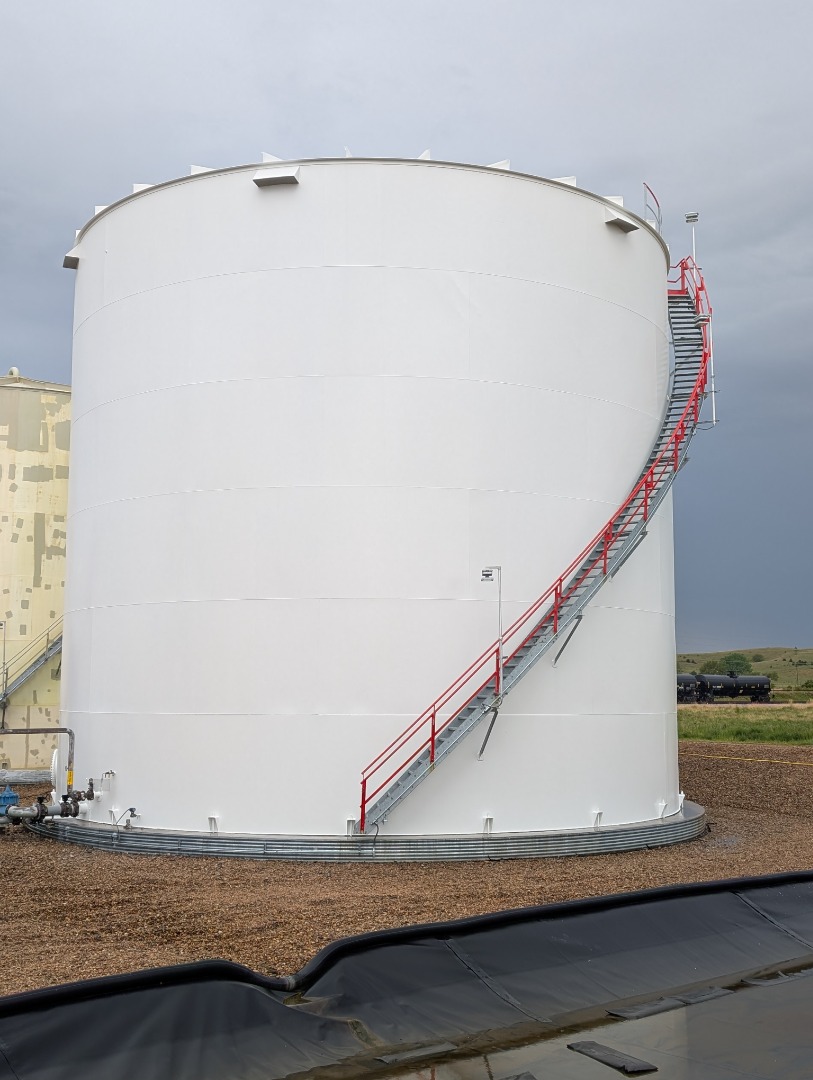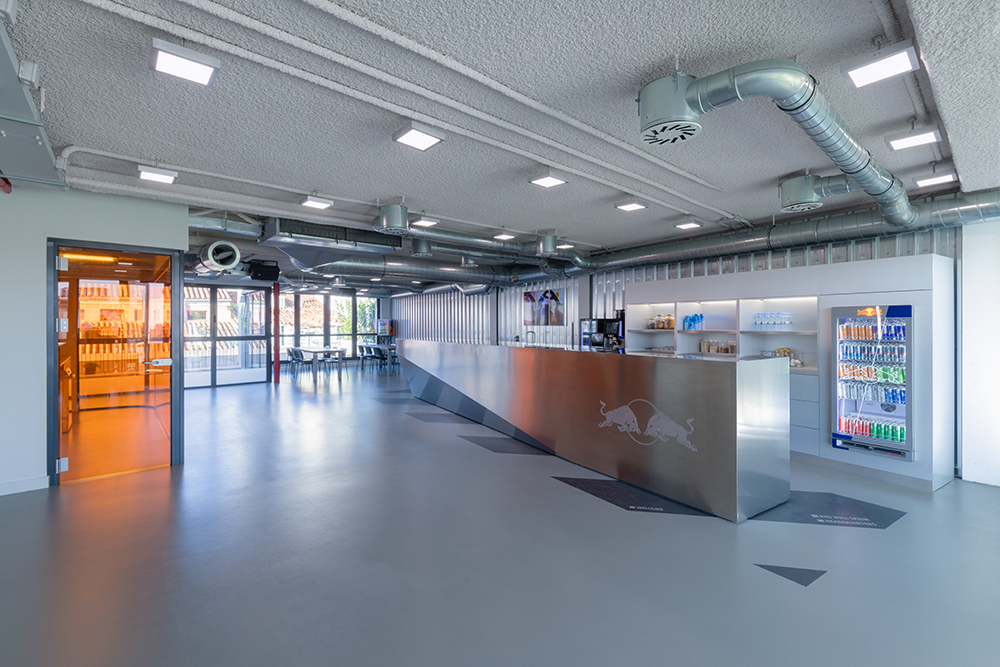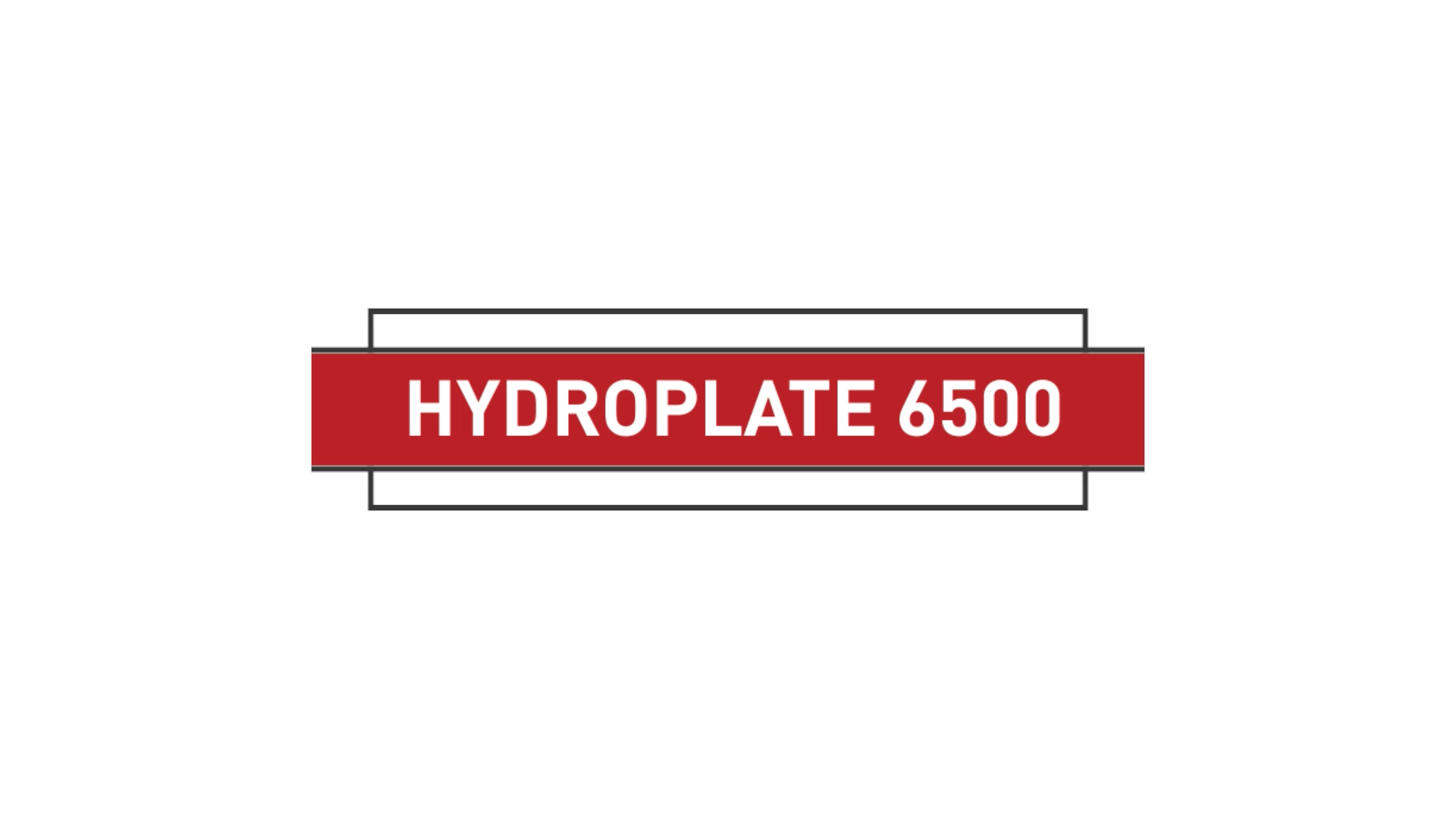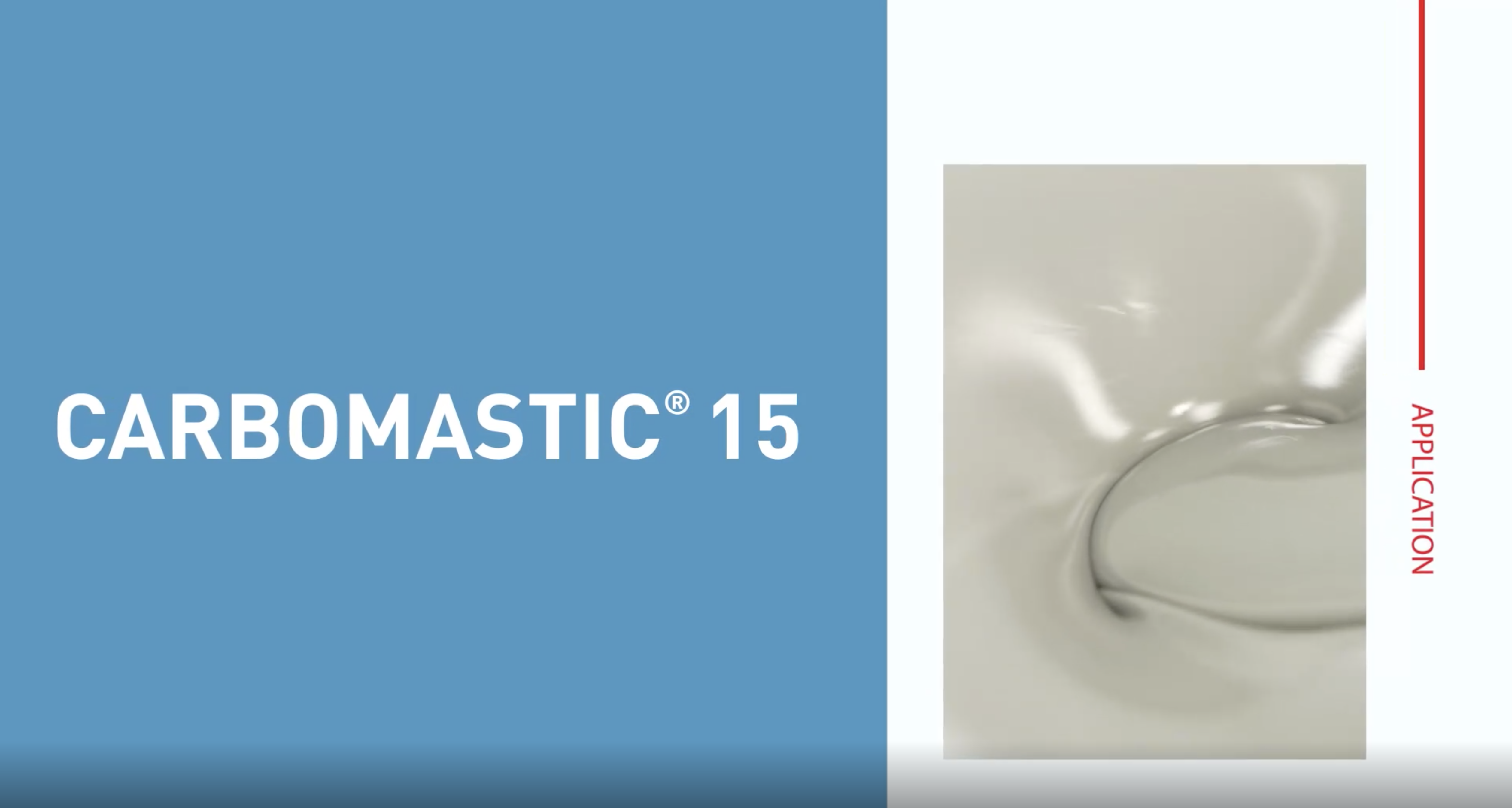Archive
The Red Bucket – Episode 25. Renovating the iconic Santiago Bernabeu Stadium (Feat. Juan Pablo Ortega [again])
Santiago Bernabeu Stadium in Madrid, Spain, is the iconic home of legendary soccer club Real Madrid. A recent five-year renovation has transformed the stadium into a modern engineering marvel. Fireproofing and corrosion protection coating systems each played a role in the mega project, and in this episode, Carboline's Europe Director of Project Development, Juan Pablo Ortega, leads a tour of his favorite team's new digs. Also, is it possible for another country to have larger portion sizes than America?
Biofuel producer achieves multi-modal protection for ethanol storage tanks
The Green America Biofuels facility produces 65 million gallons (246 million liters) of ethanol each year. Integral to that production are five storage and process tanks. The tanks are coated to protect against corrosion. But plant management has more to worry about than just this electrochemical phenomenon. A biological process thrives at the site, too. You know it when you see it—dark black streaks on the sides of tanks or buildings—and it must be stopped.
Inorganic zinc-rich coatings: How they work, and how they can work better
Old technology sets a new standard in corrosion protection thanks to a better understanding of the behavior and properties of zinc within inorganic coating systems.
Red Bull's transformation in Madrid
Red Bull Spain now occupies new headquarters in Madrid following the extensive renovation of a building previously used as an engineering college. Architecture firm yyplusplus designed furnishings and partitions to transform the open, noisy atmosphere into a pleasant space suitable for office work. They selected Farbocustic gypsum-based interior insulation because it combines excellent acoustic properties, a visually appealing finish, and safe natural fibers that enhance applicator and occupant safety.
The Red Bucket – Episode 24. Fluoropolymers: The unbeatable resin technology for water tank topcoats (Feat. Jeremy Sukola and Kristen Blankenship)
Fluoropolymer-based finish coats are the premier performers for elevated water storage tanks in exterior exposures. The specialty FEVE resin on which they are based withstands intense UV radiation, high winds, and intense precipitation while holding gloss and color for decades. And while all that comes at a cost, water industry expert Jeremy Sukola and chemistry nerd Kristen Blankenship explain how that cost represents a long-term investment that boasts a handsome return. In this episode of The Red Bucket, learn the chemistry, use cases, and regulatory considerations of fluoropolymer topcoats. Also, Kristen ponders the Atlantic Ocean from the top of a cliff, and Jeremy shares a strong opinion about spaghetti sauce.






